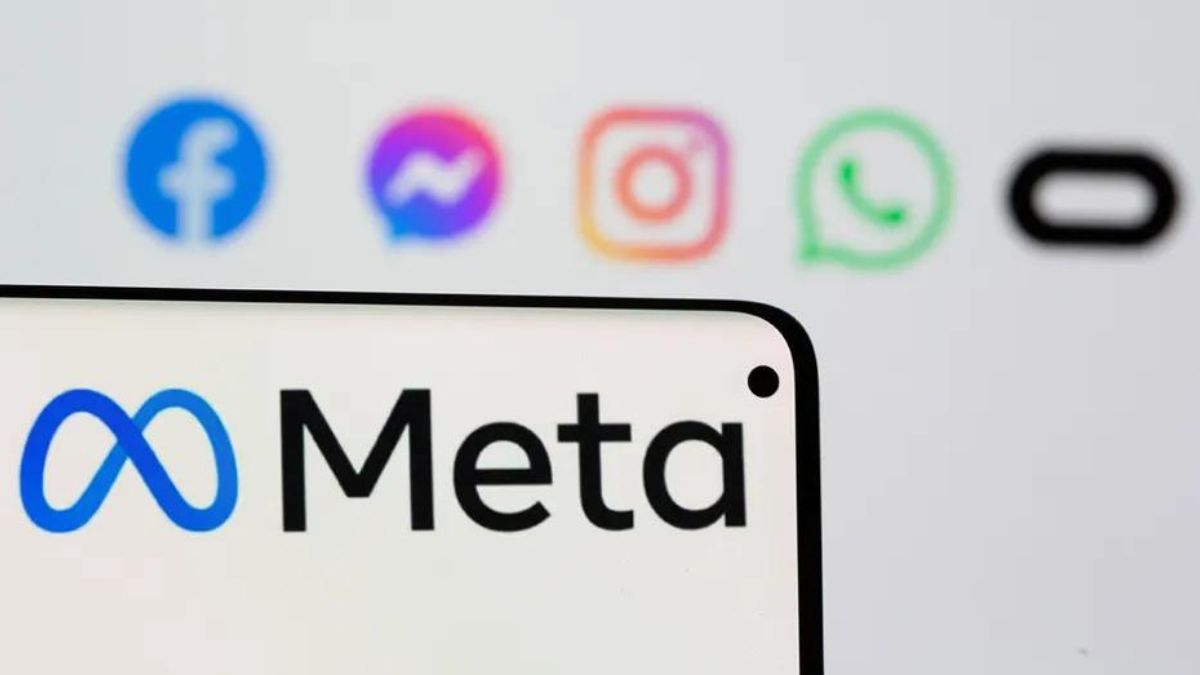
Advertisement
Meta announced on Tuesday the release of Llama 3.1, the newest iteration of its Llama artificial intelligence model. This latest version comes in three different variants, with the largest being Meta’s most capable AI model to date. Continuing the tradition of previous Llama models, Llama 3.1 is open source, allowing free access to its capabilities.
The release of Llama 3.1 highlights Meta’s significant investment in AI technology, positioning it alongside major players like OpenAI, Anthropic, Google, and Amazon. This latest model was developed in collaboration with Nvidia, which provides the GPUs essential for training the AI models.
Partnership with Nvidia and Cloud Platforms
Meta’s partnership with Nvidia is a key aspect of this release. Nvidia supplies the GPUs, specifically 16,000 H100 graphics processors, used to train the largest version of Llama 3.1. Meta is also collaborating with various cloud platforms, including Amazon Web Services, Google Cloud, Microsoft Azure, Databricks, and Dell. These partners will provide access to Llama 3.1 and related tools to their customers.
Unlike competitors like OpenAI, which monetize their AI models through proprietary services, Meta does not plan to launch its own enterprise business. Instead, the company aims to attract talent and reduce computing costs by offering its AI technologies for free through open-source distribution.
Meta’s Strategic Approach
Meta CEO Mark Zuckerberg has emphasized that the company’s strategy involves building partnerships to enhance the AI ecosystem. This approach allows Meta to benefit from improvements made by the open-source community while promoting the use of its internal tools.
In a blog post, Zuckerberg stated, “We’re actively building partnerships so that more companies in the ecosystem can offer unique functionality to their customers as well.”
Meta’s VP of AI partnerships, Ash Jhaveri, explained that by making their AI models open source, Meta encourages developers to build on their technology, thereby expanding its utility and improving the models through community contributions.
The Llama 3.1 Models
Llama 3.1 includes three versions:
- Llama 3.1 405B: The largest model with 405 billion parameters, designed for complex tasks such as understanding context in long text streams, solving complex math equations, and generating synthetic data.
- Llama 3.1 70B: A mid-sized model.
- Llama 3.1 8B: A smaller model suitable for powering chatbots and coding assistants.
U.S.-based users of WhatsApp and the Meta.AI website will be able to interact with the digital assistant powered by Llama 3.1. The assistant can handle complex math problems and coding issues, with users having the option to choose between the large Llama 3.1 model and a smaller, faster version for different queries.
Impact on AI and Computing Industry
The collaboration between Meta and Nvidia is mutually beneficial. For Nvidia, Meta’s use of open-source models increases the demand for its GPUs, as other companies can adapt these models without paying licensing fees. For Meta, access to Nvidia’s latest GPUs ensures that its AI models are at the cutting edge of technology.
Meta’s open-source approach fosters a developer ecosystem centered around its AI software. This strategy not only improves Meta’s internal tools but also contributes to the broader AI community, driving innovation and development in the field.
As Meta and Nvidia continue to collaborate, the advancements in AI models like Llama 3.1 are expected to have significant impacts on the industry, influencing how AI is developed and utilized across various sectors.
